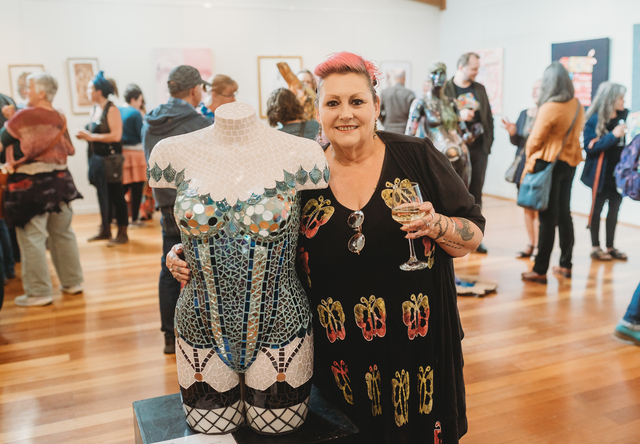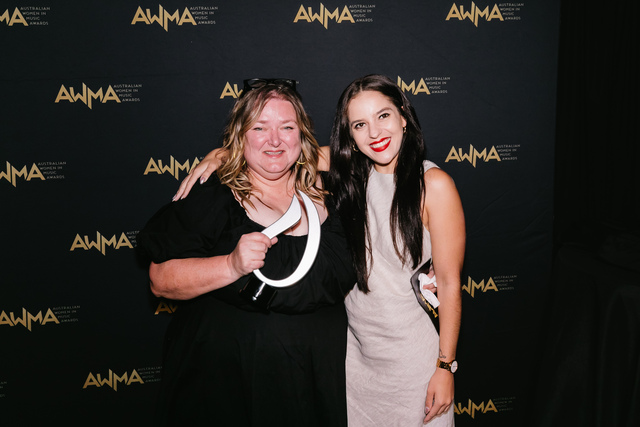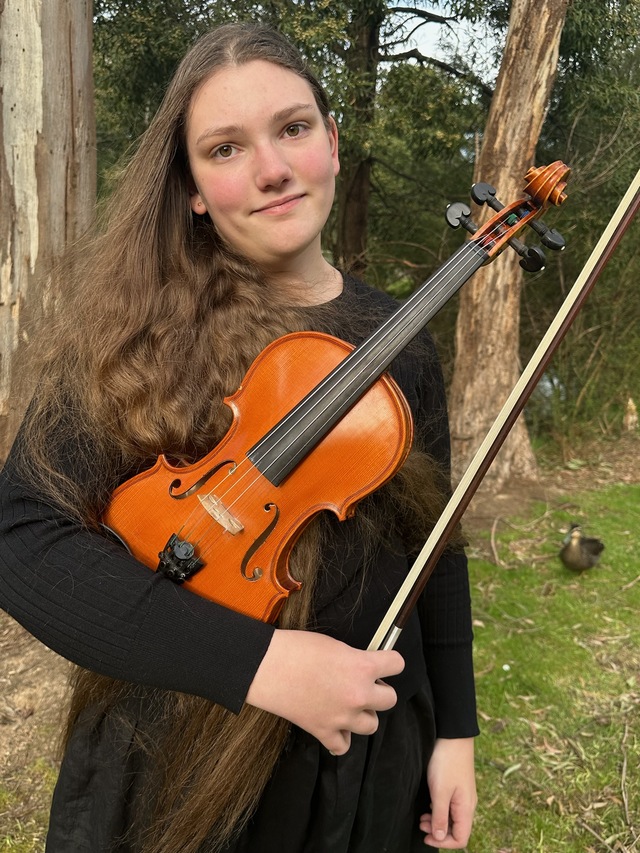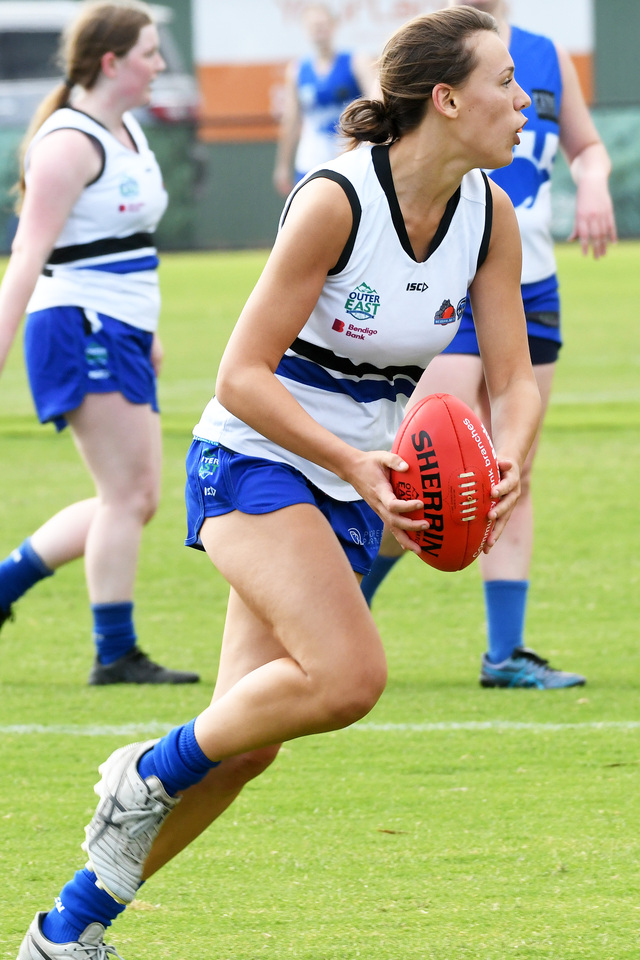By Kath Gannaway
TONY Van Meurs was in the thick of it, fighting fires in the Dandenongs in 1997 when word came through on the bush telegraph …. “Upper Ferntree Gully has gone”.
He was with the UFTG brigade at the time and had already been a CFA volunteer for more than a decade.
“My family was there,” he said reflecting on a situation hundreds of local CFA volunteers faced on Black Saturday – driving away from their own vulnerable townships, their families and friends to help neighbouring communities which were under threat.
“It was rubbish, as it turned out,” Mr Van Meurs said but it raises the question of how firefighters cope with either knowing, or not knowing, what’s happening back home when the reality of the situation is literally in their faces.
Mr Van Meurs was first lieutenant under captain Maurice Dell on 7 February and in charge of a crew that left Warburton at about 4pm as part of strike team 1393.
They were headed towards Coldstream and Yarra Glen when they were redirected back to Healesville.
By the time the wind change came through pushing the fire over the ridgeline into Chum Creek, the Warburton crew had been redirected again and were doing everything they could to save houses along the Melba Highway at Dixons Creek.
“You hear all sorts of stupid stories, and we heard some on the day, but you have a job to do, and do to the best of our ability.
“You’re part of a team and you just can’t afford to worry about what’s happening at home,” Mr Van Meurs said.
It’s not easy; just necessary. And it’s not quite that black and white, either.
“Or course it’s in the back of your mind; you can’t be that cold, but you worry about it when you get home. Everybody has their own way of coping with that aspect of it,” he said.
No doubt experience, even one like 1997, plays a part in the response.
“The way I look at it is, if I am somewhere else, it could be Healesville, Yarra Glen or somewhere else, looking after their fire, someone in another brigade – could be from Mildura or just down the road – is at home looking out for our area.”
One of the lasting impressions Mr Meurs said he will have of Black Saturday is driving along the Melba Highway towards Yarra Glen.
“To see all those old railway bridges alight, those big, heavy timbers that have been there for God knows how long, was just unreal,” he said. “We were in a paddock fighting a running grass fire and in the distance you just saw a ring of flame, 360 degrees, maybe 10 kilometres away and you just say to yourself, this is not going to go out in a hurry so I may as well knuckle down and do what I can because we’re going to be out here for quite a while.”
Earlier in the day, from about 11am when the first sign of smoke came across the valley, brigade members were kept busy fielding calls from concerned locals.
People were wanting advice on the refuges.
“Of course, there was nothing official set up and, at that time, all we were telling them is if you are worried, get out early – that was the theme at the time,” Mr Van Meurs said.
“They were frustrated they couldn’t get through on the information hot-line.”
Mr Van Meurs said brigade members were also painfully aware of the danger of creating panic
“There is just a narrow strip (of road) between us and Millgrove and if you have panic and people trying to get out, you only need one accident to block the road and potentially you would have had a very big problem,” he said.
“As it turned out, we were quite a bit safer in Warburton on that day, than a lot of places. We were lucky,” he said.
It’s hard to measure success in the face of such tragedy and Mr Van Meurs said no-one is immune from the sadness and grief associated with the loss of so many lives.
“It’s pretty hard to take. Although you know yourself you have given it 100 per cent and you can’t do any more than that, there is a sort of emptiness,” he said.
“Although we did what we could and the reality is that with something of that magnitude, nobody could have done any more, or any better.”
Rumours
Digital Editions
-

Empowering exhibition coverage top arts article for Star Mail
The Star Mail’s standout arts coverage in 2025 included the article about the Body of Wellbeing Limited (BOWL)’s Body of Empowerment exhibition. The Body of…





